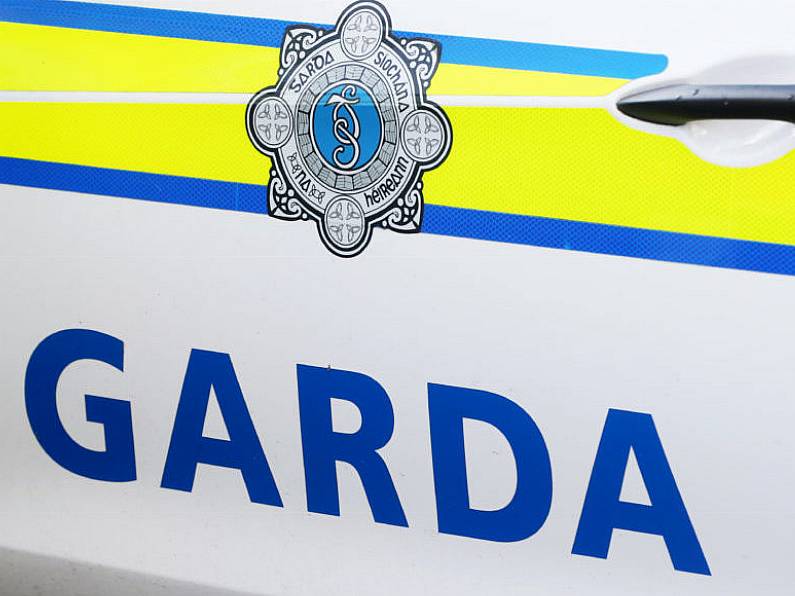Total radar failure at Shannon Air Traffic Control (ATC) centre last night forced the closure of Irish airspace to overflights, the rerouting and grounding of dozens of flights, and the deployment of an Emergency Air Situation Display System (EASDS) in an effort to maintain safety in the skies.
The EASDS is a system used to clear the skies.
The radar collapse affected a state-of-the-art system staff were told could never fail.
It meant air traffic controllers in Shannon were forced to introduce a “zero” flow rate, which means no aircraft were allowed enter Irish airspace for a number of hours while frantic efforts got underway to organise re-routing of hundreds of aircraft due to fly through Irish airspace en route from the US to Europe.
Assistance was sought from neighbouring ATC centres in London, Brest, Scottish control, and Shanwick, which is responsible for oceanic clearances.
One source in ATC told the Irish Examiner staff at Shannon had been “repeatedly told” that the system “could never fail”.
“We were told this could never happen,” the source said.
UPDATE @Ryanair #FR3326 will be the first plane to land in Shannon after radar system issue https://t.co/EF5e2dSD2H pic.twitter.com/AWJQltsa31
— AIRLIVE (@airlivenet) October 2, 2018
Another source raised concerns about staff familiarity with the EASDS and the lack of simulation exercises that take place in relation to such a catastrophic radar failure.
It is understood that the ATC training school at Shannon Airport does not have the facilities to conduct such a simulation.
The EASDS is an independent emergency backup system, that provides correlated aircraft positional data to the Dublin and Shannon Area Control Centres (ACC).
— IAA (@IAApress) October 2, 2018
Cork Airport last night advised passenger that a “radar problem in the west of Ireland which covers airspace including Cork Airport is impacting all flights coming from the west and south of Ireland”.
“Anything already in the airspace was already processed through or has landed but nothing else is allowed to enter this airspace at present,” the tweet read.
Passengers were advised to check the status of flights with airlines “as many aircraft and crews are out of position tonight which may impact on flight ops in the morning”.
Flights have resumed @CorkAirport following activation of a back up system by the IAA. The last scheduled departure to London Stansted with @Ryanair has taken off and further arrivals are due presently. Most flights are now expected to operate to schedule on Wednesday morning. pic.twitter.com/ff2Zh4L97P
— Cork Airport (@CorkAirport) October 2, 2018
Eurocontrol, the European Organisation for the Safety of Air Navigation, had a map on its network operations portal showing a major radar outage over Irish airspace and advising that there was a zero flow rate due to radar failure at Shannon.
One source said controllers were notified around 7.30pm. Shannon centre management were summonsed to the centre and additional air traffic controllers were called in.
“We were lucky with the time it happened,” one source said. “If it had happened during the day, it would have been a disaster, but it’s reasonably quiet at night.”
The IAA issued a statement saying it was “aware of a technical issue in Shannon ATC”.
“The issue is currently being investigated. As a precaution the flow of traffic has been restricted. We will provide an update shortly.”
It is understood that efforts were underway last night to increase the flow rate to 30%, using the EASDS and flight strips which record the aircraft’s flight path manually.
Dublin Airport continued to function “due to proximity to UK ATC”.
A source said aircraft that had already filed flight plans would have been stored in the system and that the plan could be correlated with a radar signal to identify it, but if a flight plan had not been filed, the signal could not be interpreted.
Previously the IAA has spoken about its make considerable investment in its ATM system.






